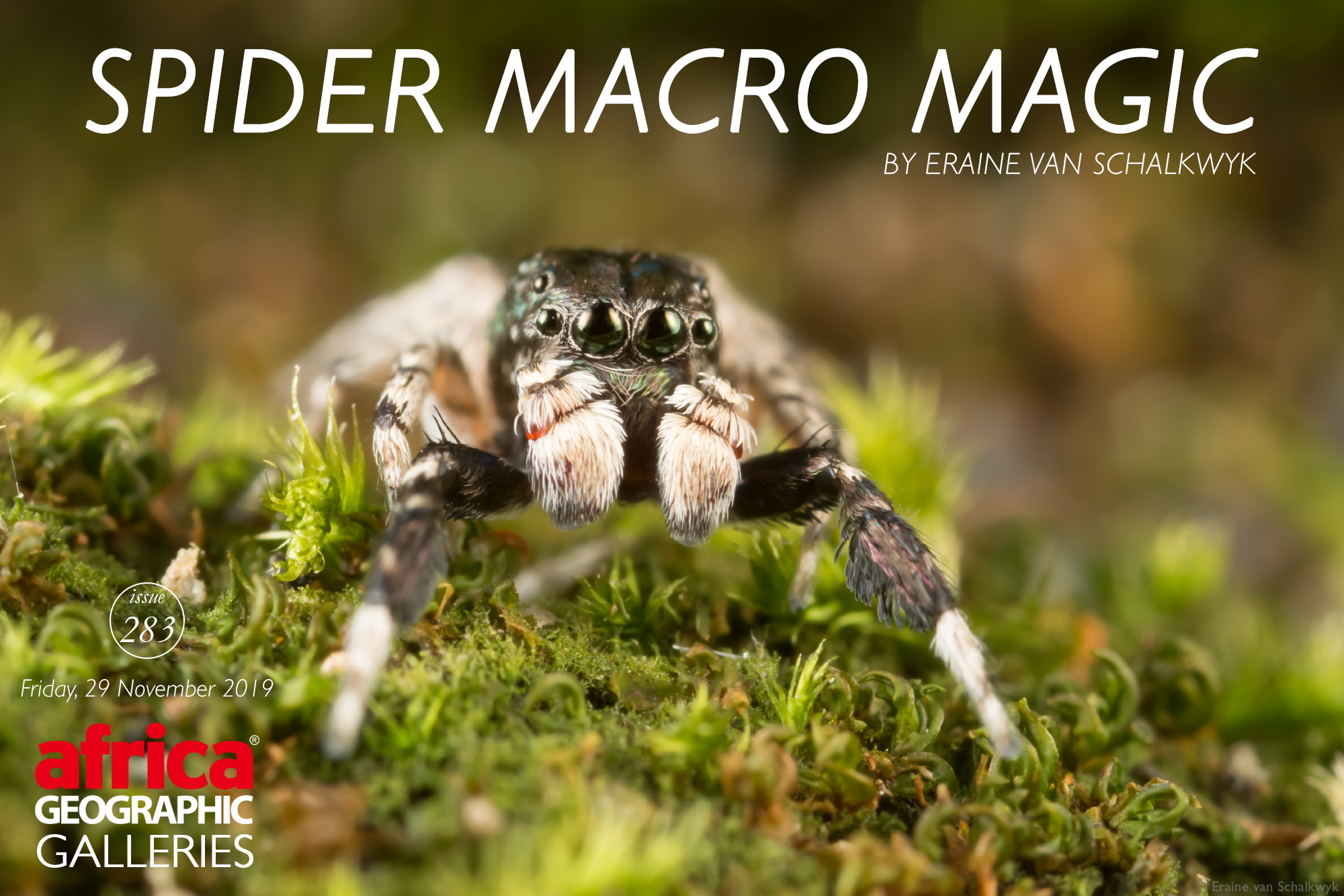
THOUGHTS FROM OUR 2019 PHOTOGRAPHER OF THE YEAR


With a record-breaking, never-before-seen 29,887 entries received for our Photographer of the Year 2019 competition, our judges had an incredibly tough time deciding on our winner and runners-up. But at the end of the day, it was the pure macro-magic of Eraine van Schalkwyk’s jumping spider that caught the eye of our judges, and she was crowned our winner for 2019.
What made this image stand out head-and-shoulders above the other macro entrants was that she managed to include so much of the habitat in her capture. So often macro photography involves tight focus and shallow depth of field, where only the subject is clear. This tiny predator appears to be surfing in a tube wave, as it gazes straight at the camera. This added sense of place makes this an excellent image.
And so we launch our Photographer of the Year 2020 by sharing with you a selection of reigning Photographer of the Year Eraine’s stunning photos, along with her thoughts on photographing spiders. Do enjoy this magnificent gallery and we look forward to another successful year of celebrating wildlife photography with you all!
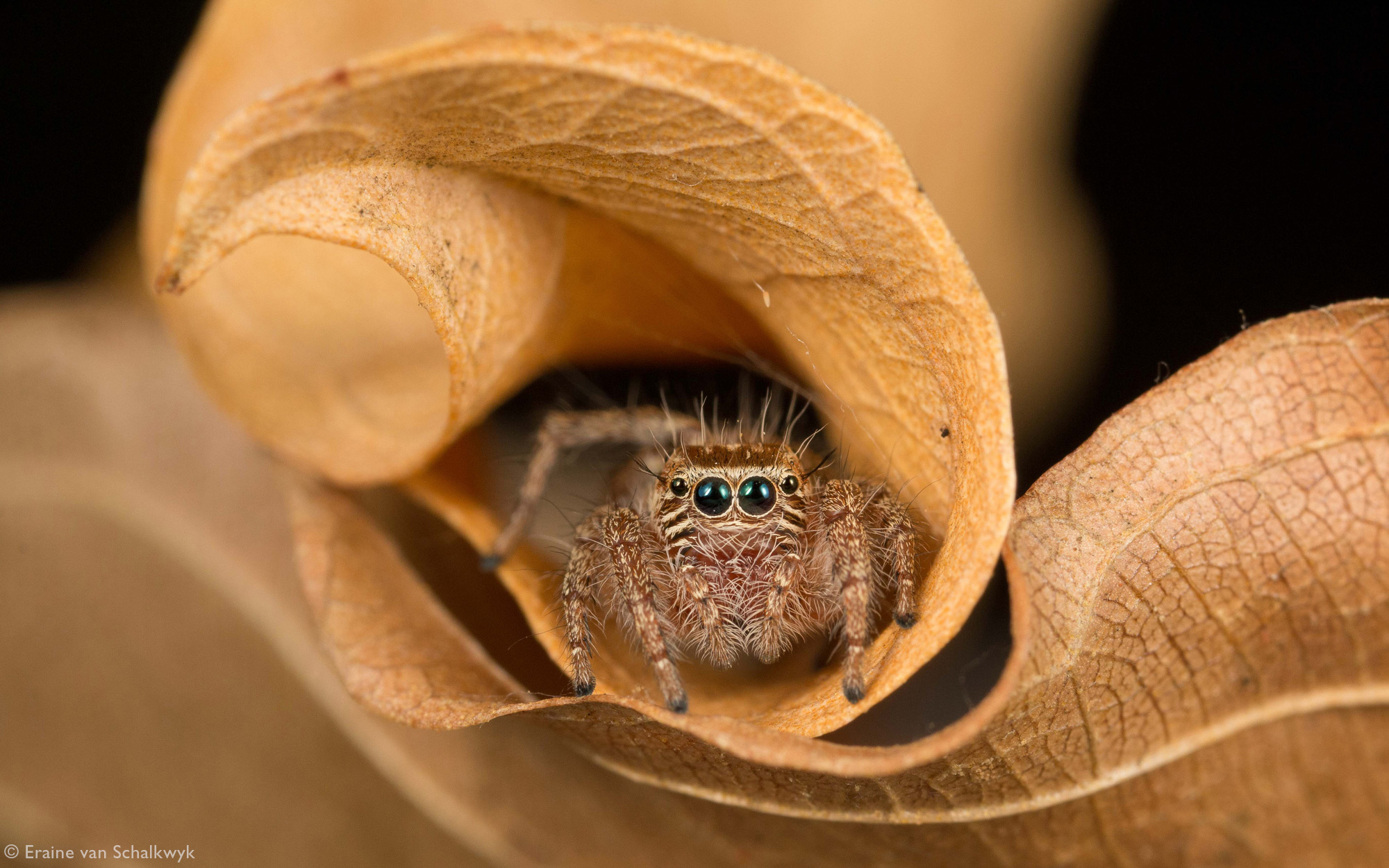
? The winning image: This friendly, 1cm in length, jumping spider (Hyllus sp.) was found wandering in leaf litter. Jumping spiders are curious creatures, and often intrigued by the camera flash. They are harmless to humans. Greater Kruger National Park, South Africa. Canon MP-E 65mm f/2.8 1-5x Macro lens (f/9 | 1/250 | ISO 400)
“We are beginning to learn that each animal has a life and a place and a role in this world. If we place compassion and care in the middle of all our dealings with the animal world and honour and respect their lives, our attitudes will change” ~ Jane Goodall
A few years ago, while visiting Punda Maria camp in northern Kruger National Park, I stood on the bed, shoe in hand, trying to figure out the best approach to kill the spider that was on the floor. We often fear that which we do not understand – I knew little of these tiny creatures and yet I was frightened of them. It was only when my knowledge grew that my fear diminished and was replaced with curiosity.
I’m fortunate to have grown up in a family of nature enthusiasts who frequent national parks around South Africa and had a grandfather whose passion and knowledge of nature photography inspired my parents and myself. I’ve always had a great love and appreciation for the natural world and its inhabitants, but never quite respected spiders in the same way.
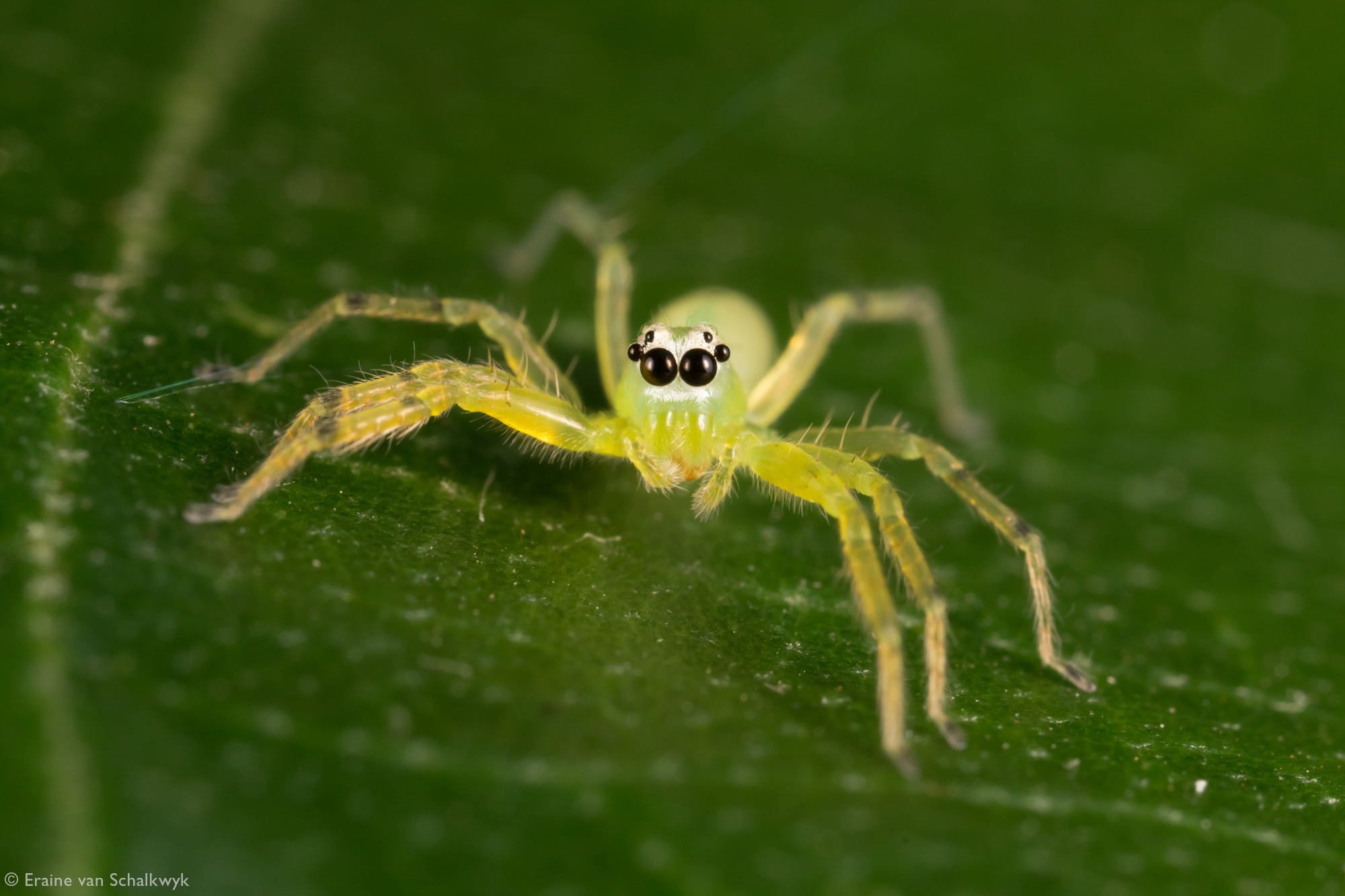
?Jumping spider (Asemonea sp.), St. Lucia, iSimangaliso Wetland Park, KwaZulu-Natal, South Africa. Canon MP-E 65mm f/2.8 1-5x Macro lens (f/9 | 1/400 | ISO 400)
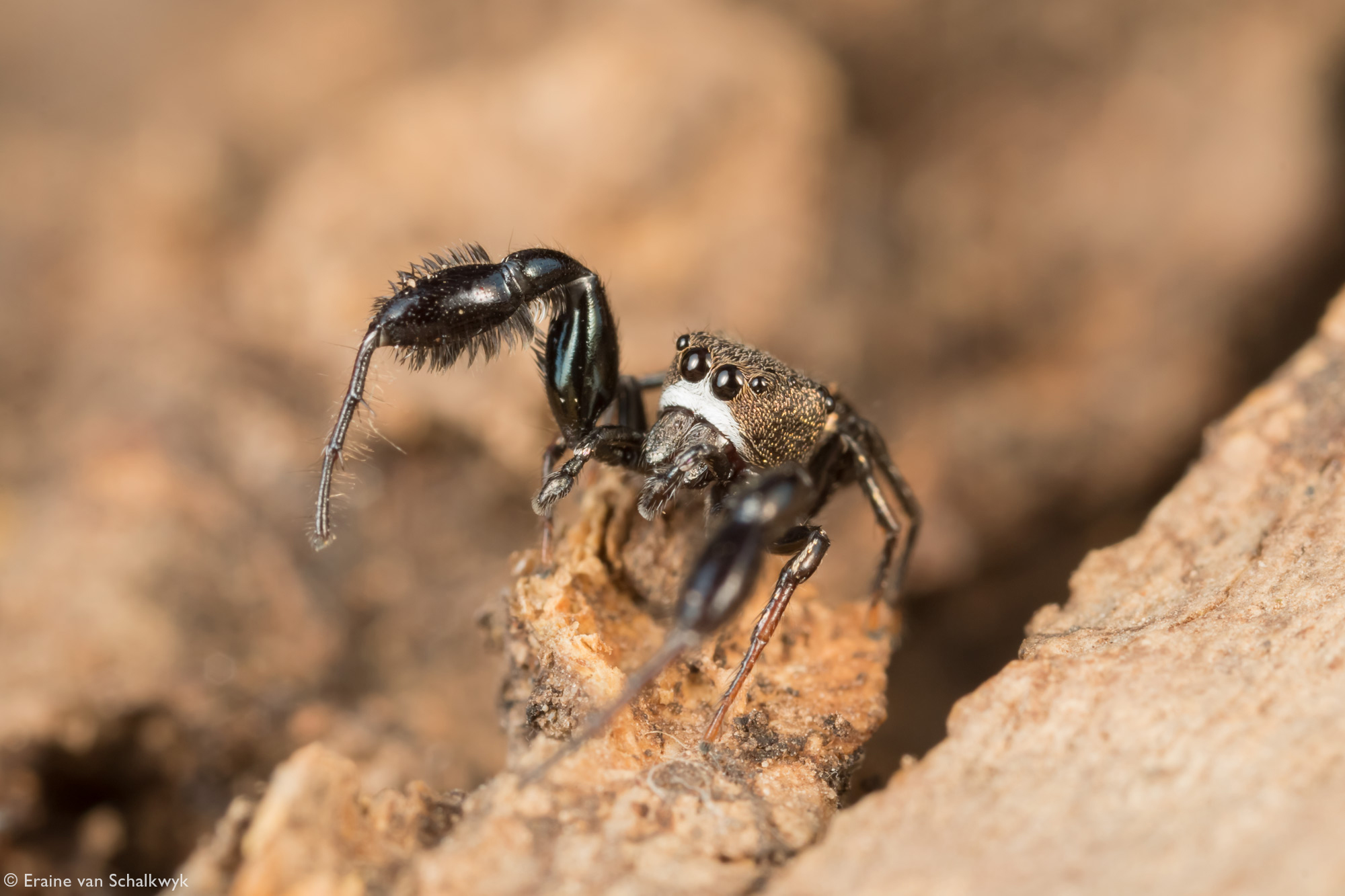
?Male jumping spider (Harmochirus luculentus) with a brush of hair on front legs. Sabiepark Private Nature Reserve, Mpumalanga, South Africa. Canon MP-E 65mm f/2.8 1-5x Macro lens (f/10 | 1/250 | ISO 400)

?As they are already skittish, photographing spiders with prey is a gamble, getting in closer with a lens often results in spiders abandoning their food. This Tusitala sp. jumping spider allowed me to take photographs as I watched it completely shred its prey to pieces. Sabiepark Private Nature Reserve, Mpumalanga, South Africa. Canon MP-E 65mm f/2.8 1-5x Macro lens (f/9 | 1/500 | ISO 400)

?Green pea spider (Araneus apricus) with prey. These spiders build their webs at night to catch flying and jumping insects. The web is then removed early in the morning, and the spider retreats to a cluster of leaves close to the web site. Sabiepark Private Nature Reserve, Mpumalanga, South Africa. Canon EF 100mm f/2.8L Macro IS USM lens (f/9 | 1/250 | ISO 400)
South Africa is home to about 2,200 described species of spiders, and only a few of those are known to produce a bite that requires medical attention. An individual’s response to spider venom depends on many factors including age, health and sensitivity to the venom (much like people vary in sensitivity to a bee sting). Should a spider bite you, it would be out of self-defence or when they feel threatened, such as when they become trapped between clothes and the skin, or if they are aggravated.
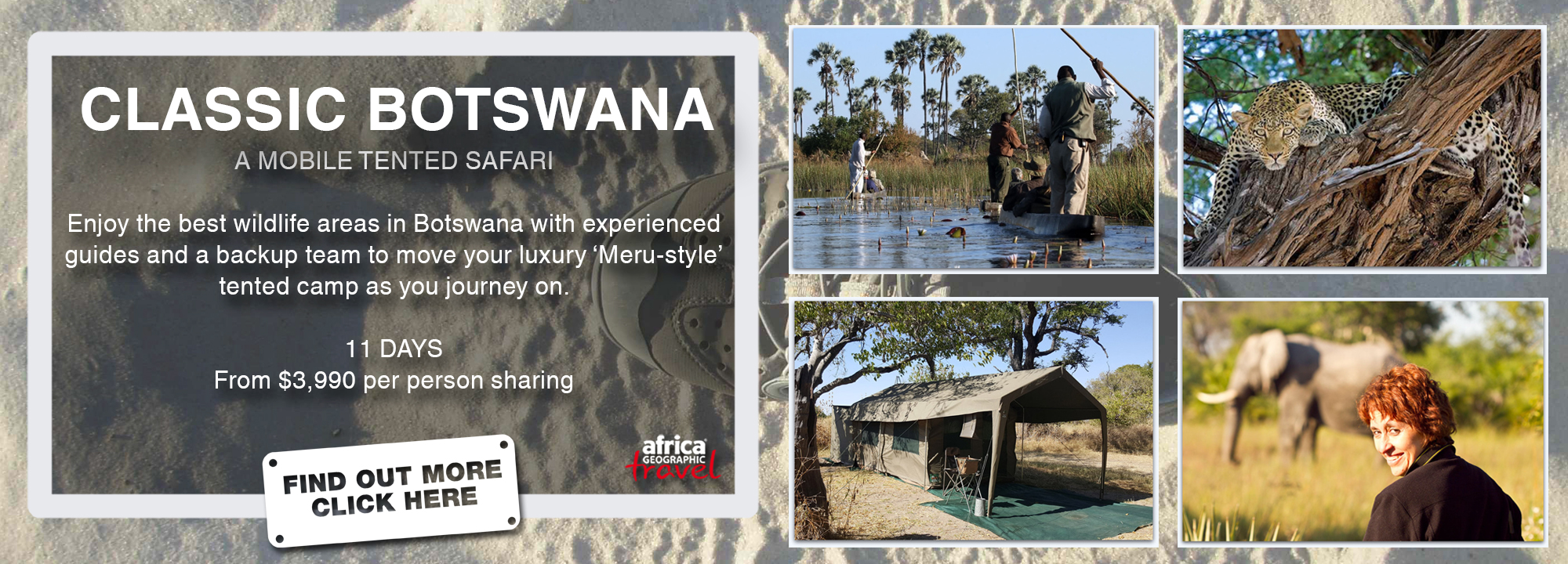

?Myrmarachne ichneumon male jumping spider (left) mimicking a Tetraponera sp. ant (right). Ant-mimicking jumping spiders have physical and behavioural modifications to look like ants. Some ant mimics, like the Myrmarachne, gain protection by living near ants, while others mimic them to feed on them. Taken in iSimangaliso Wetland Park, KwaZulu-Natal, South Africa. Both photographed with Canon MP-E 65mm f/2.8 1-5x Macro lens. Left: (f/10 | 1/250 | ISO 500), Right: (f/9 | 1/250 | ISO 400)
With a taste for insects, spiders perform the essential ecological role of controlling insect populations, including those that damage wild vegetation and our crops, and insects capable of spreading diseases like mosquitoes. Spiders are a food source for a variety of animals, including other invertebrates, reptiles, amphibians, birds and mammals. The food web is very intricate, and the removal of spiders from the food chain could have a devastating effect on the rest of the food chain.
Armed with new knowledge, I set out to explore spiders and found that they’re not the malicious creatures I once thought they were. From the first time that I looked into the eyes of a jumping spider, their beauty and quizzical gaze captivated me.
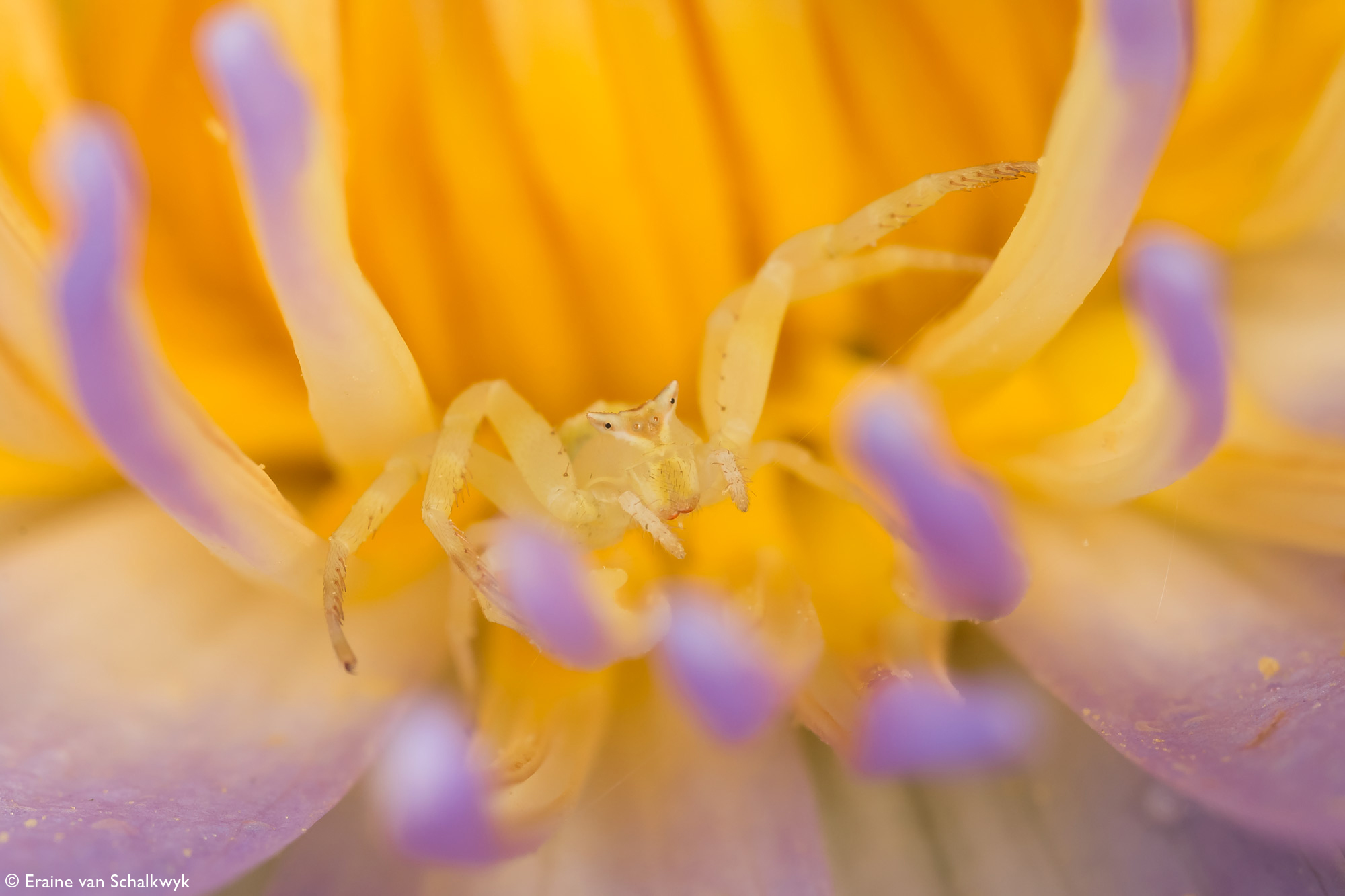
?Crab spider (Thomisus stenningi) patiently awaiting its next meal on a water lily. Females of this species can change their colour and are often found on flowers of the same shade. Their cryptic colouration allows these spiders to fool their prey, ambushing them when they stray too near, as well as to escape predators. Sabiepark Private Nature Reserve, Mpumalanga, South Africa. Canon MP-E 65mm f/2.8 1-5x Macro lens (f/9 | 1/250 | ISO 400)

?I spotted this Heliophanus sp. jumping spider on a beautiful pink and white flower and thought it had the potential to make a lovely image. On my approach, it ran off into the leaves, but its curiosity of the light bouncing off my flash allowed for a few photographs. Sabiepark Private Nature Reserve, Mpumalanga, South Africa. Canon MP-E 65mm f/2.8 1-5x Macro lens (f/9 | 1/320 | ISO 400)
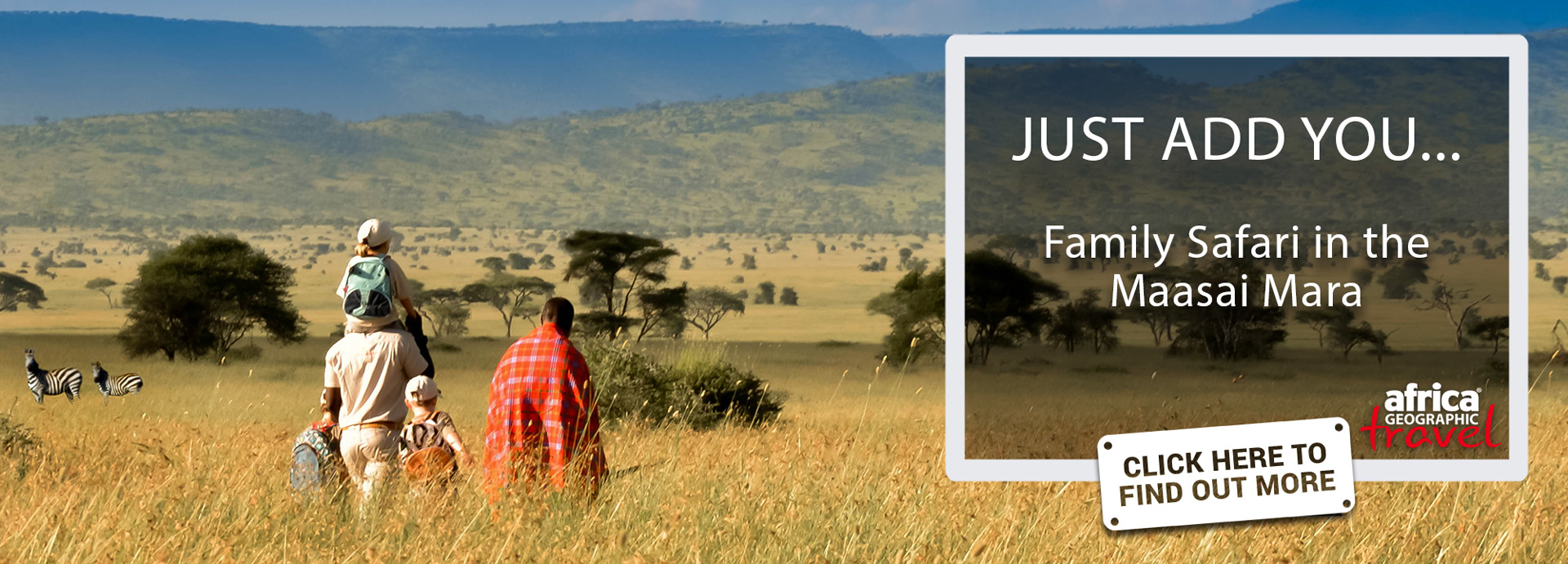
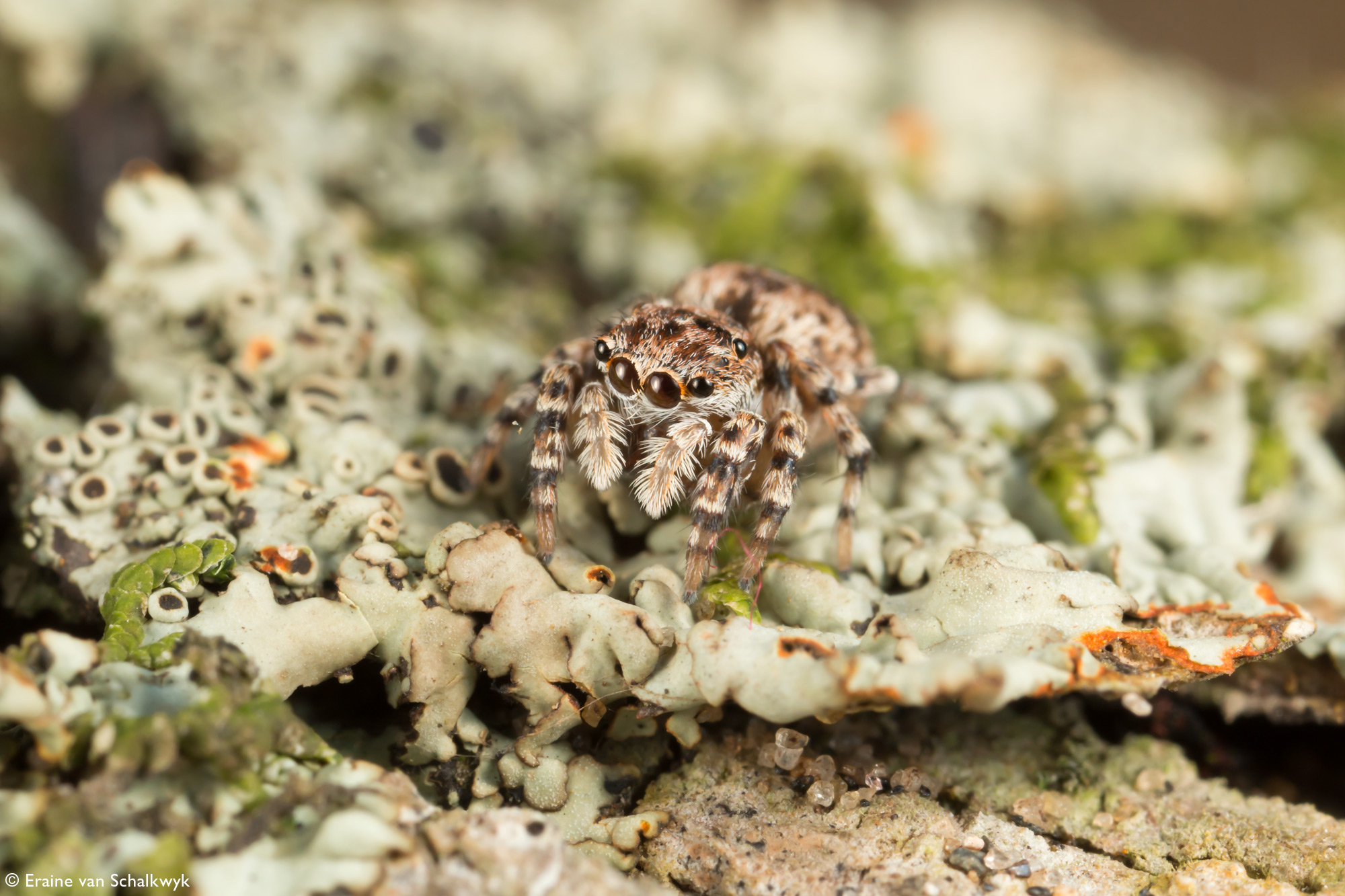
?Jumping spider (Langelurillus squamiger), on a lichen landscape. Cape Vidal, iSimangaliso Wetland Park, KwaZulu-Natal, South Africa. Canon MP-E 65mm f/2.8 1-5x Macro lens (f/10 | 1/250 | ISO 500)
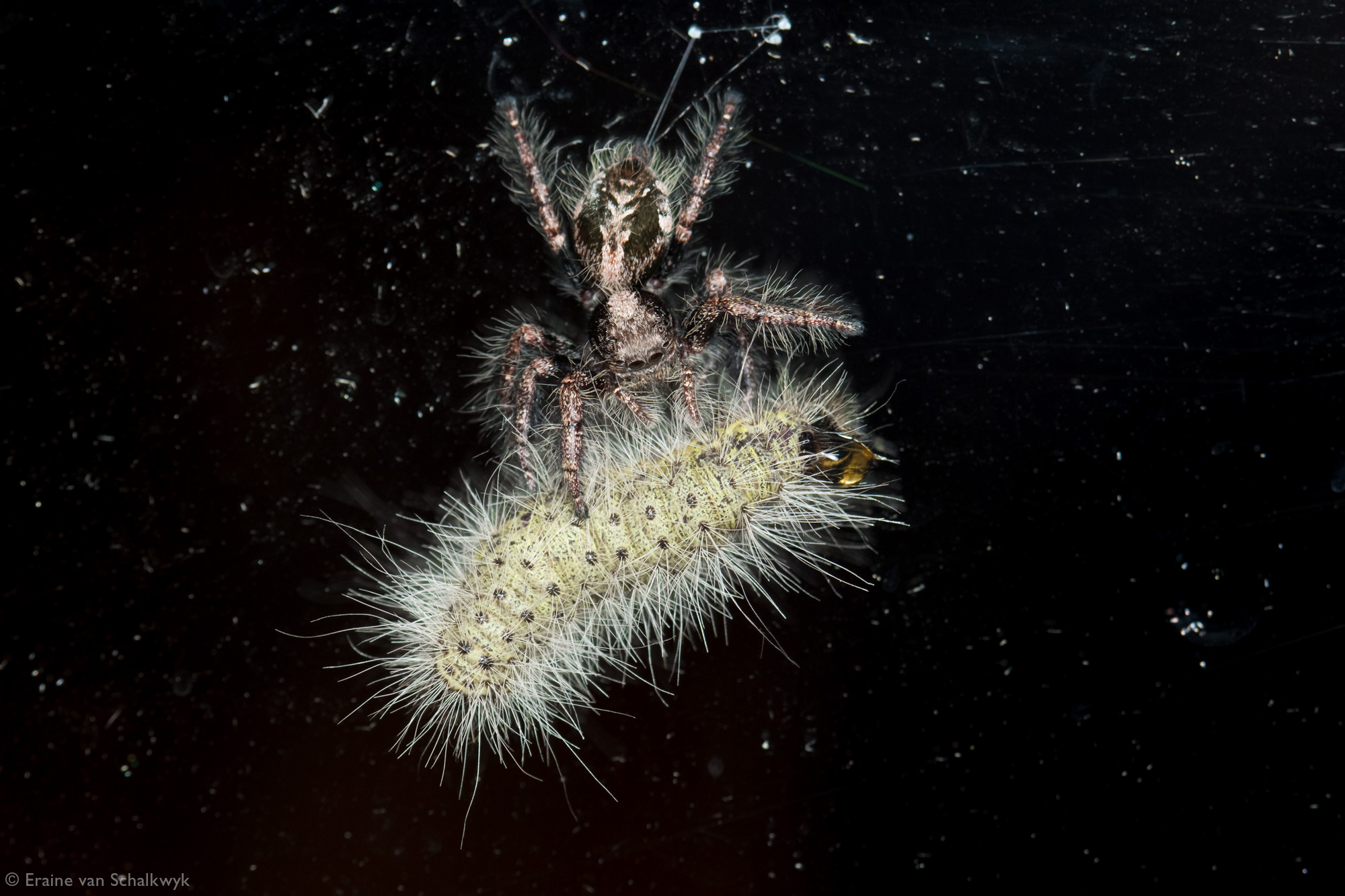
?Jumping spider (Hyllus treleaveni) with a processionary caterpillar as prey photographed against a windowpane. Sabiepark Private Nature Reserve, Mpumalanga, South Africa. Canon EF 100mm f/2.8L Macro IS USM lens (f/8 | 1/160 | ISO 400)
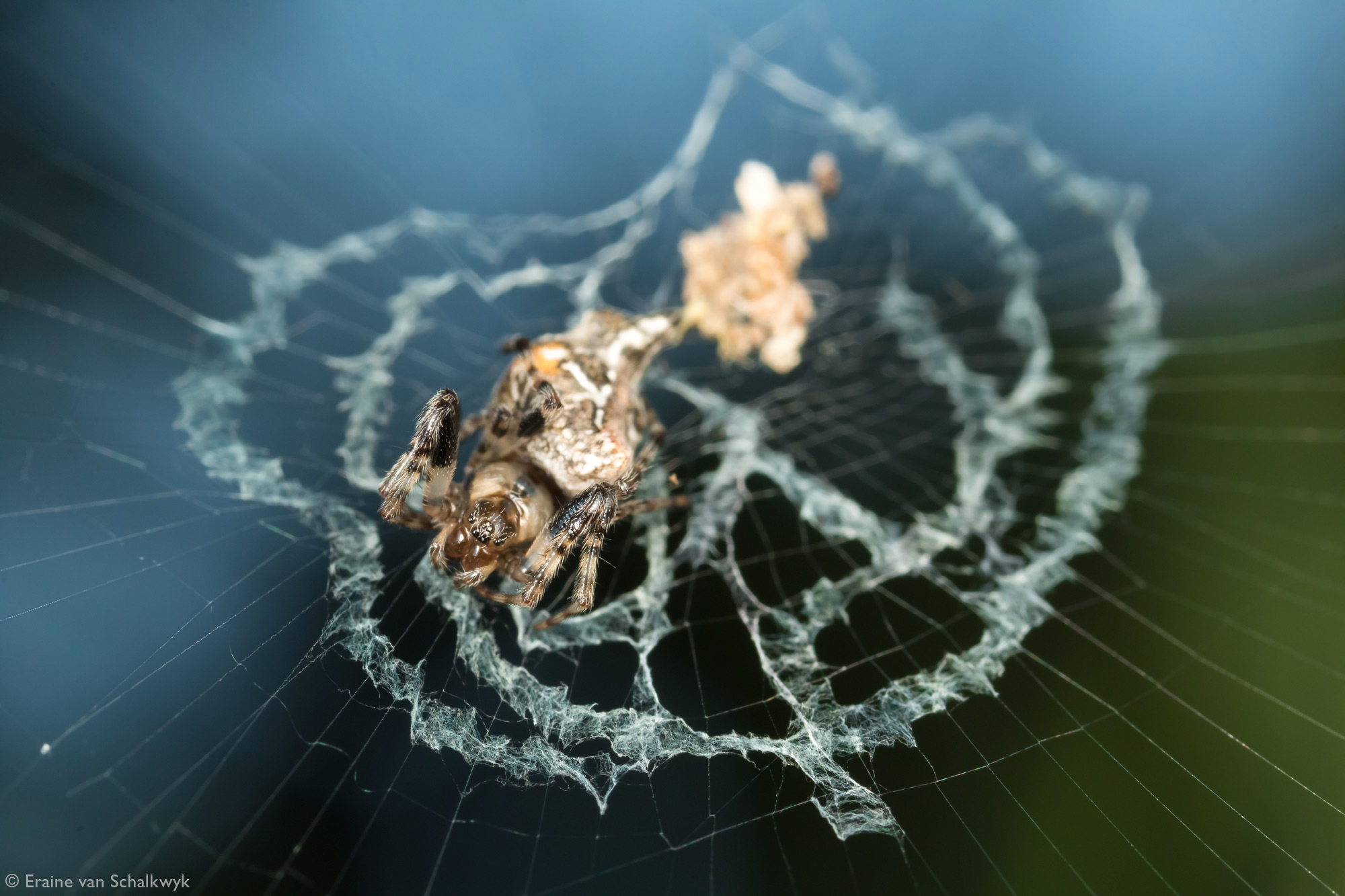
?A Cyclosa insulana juvenile spider in an orb-web decorated with a circular stabilimentum. Skukuza Indigenous Nursery, Kruger National Park, Mpumalanga, South Africa. Canon EF 100mm f/2.8L Macro IS USM lens (f/9 | 1/200 | ISO 400)
That’s how I found myself reflecting in the same room in Pundu Maria, where I had once dispatched a harmless wall spider. I was here again, but with a different goal in mind. I wanted to photograph spiders, and hopefully take people with the same fear I once had on a journey with these spectacular, misunderstood creatures.
I started photographing spiders using an Olloclip for my iPhone and currently use a Canon 70D and Canon MP-E 65mm f/2.8 1-5x Macro lens, Canon EF 100mm f/2.8L Macro IS USM lens, Canon Macro Twin Lite MT-24EX Flash and MagMod diffusers. All my images are handheld and single exposures (not stacked). All spiders are photographed in their natural habitat.
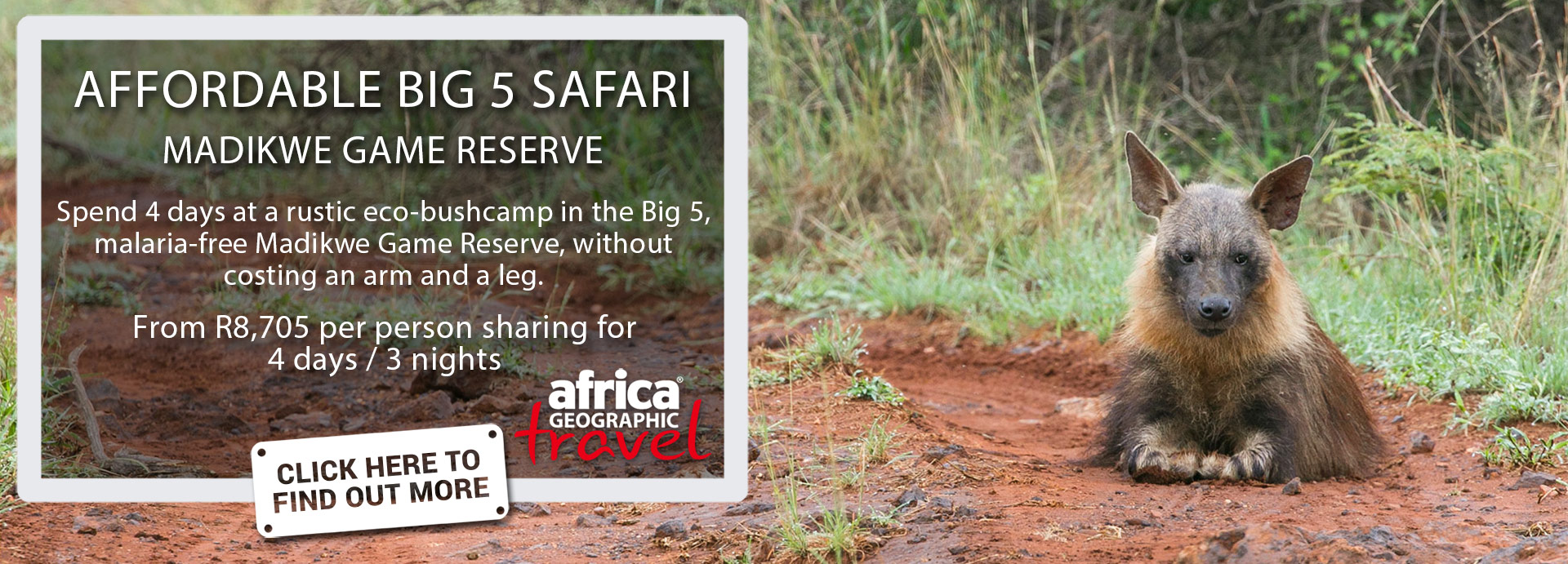

? Left: A well-camouflaged crab spider (Oxytate argenteooculata). Sabiepark Private Nature Reserve, Mpumalanga, South Africa. Canon MP-E 65mm f/2.8 1-5x Macro lens (f/9 | 1/250 | ISO 400); Top right: Fish-eating spiders are found at freshwater sources where they feed on tadpoles, adult frogs and aquatic invertebrates. I watched this Nilus massajae eyeing an Argus reed frog – I wonder if it had it for dinner! St. Lucia, iSimangaliso Wetland Park, KwaZulu-Natal, South Africa. Canon EF 100mm f/2.8L Macro IS USM lens (f/13 | 1/250 | ISO 400); Bottom right: Lynx spider (Oxyopes jacksoni). Lynx spiders are so named because of the way they hunt – they run over vegetation and jump on their prey. Sabiepark Private Nature Reserve, Mpumalanga, South Africa. Canon MP-E 65mm f/2.8 1-5x Macro lens (f/8 | 1/250 | ISO 400)
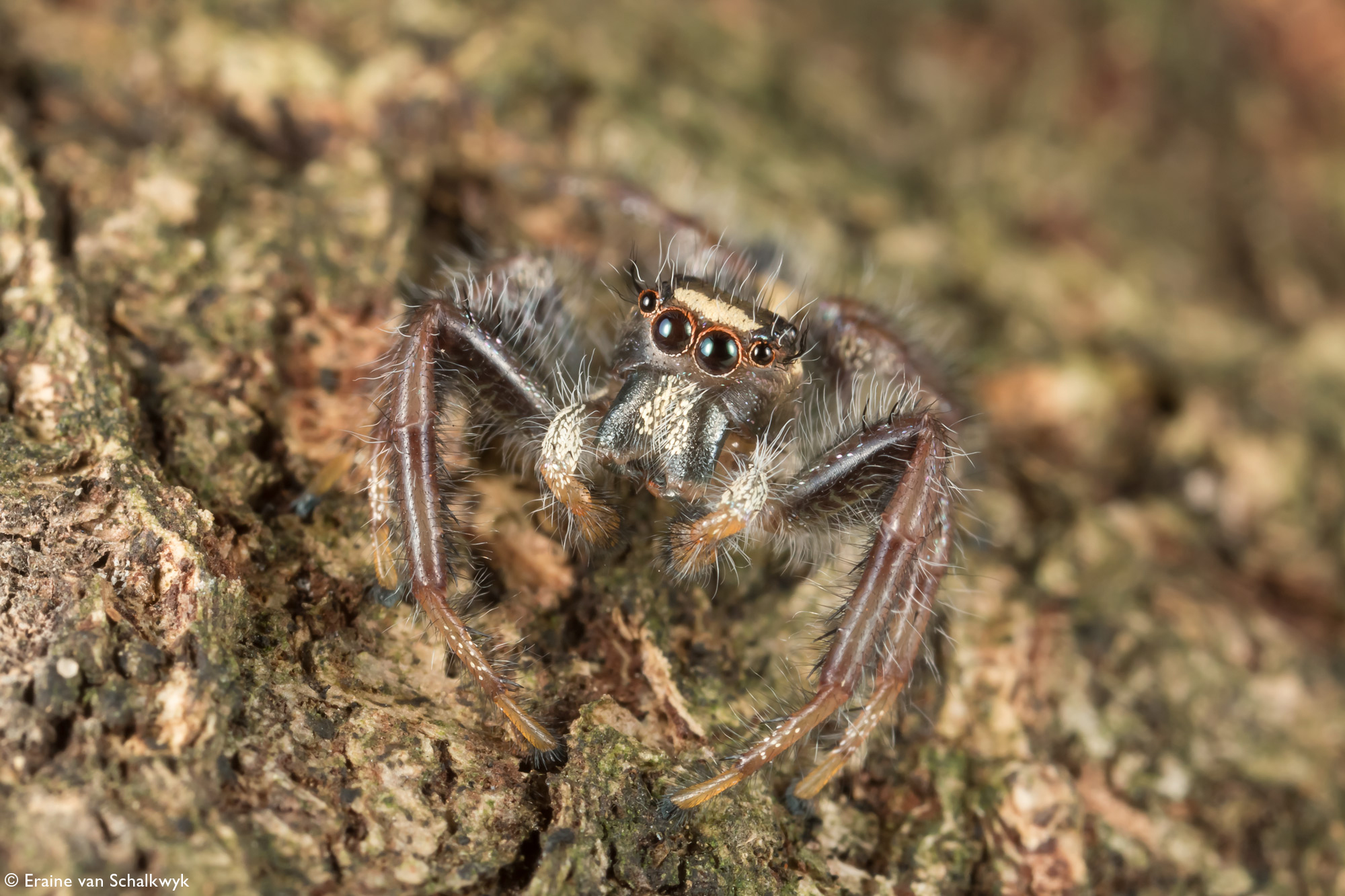
?Jumping spider (Thyene sp.) on a tree trunk. Mkuze Game Reserve, KwaZulu-Natal, South Africa. Canon MP-E 65mm f/2.8 1-5x Macro lens (f/11 | 1/250 | ISO 400)
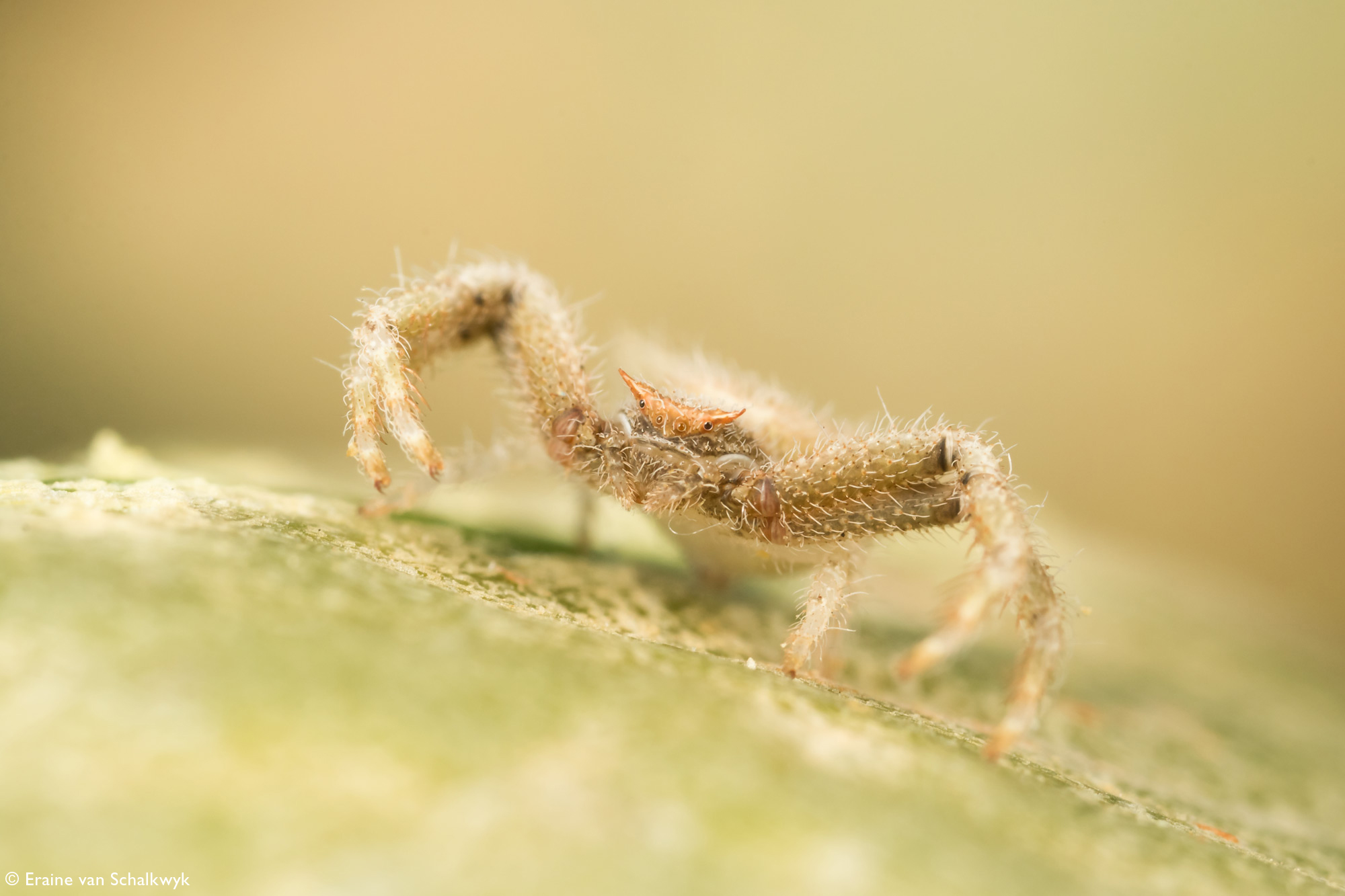
?Crab spider (Thomisus granulatus) on the exposed roots of a fever tree. Sabiepark Private Nature Reserve, Mpumalanga, South Africa. Canon MP-E 65mm f/2.8 1-5x Macro lens (f/9 | 1/200 | ISO 400)
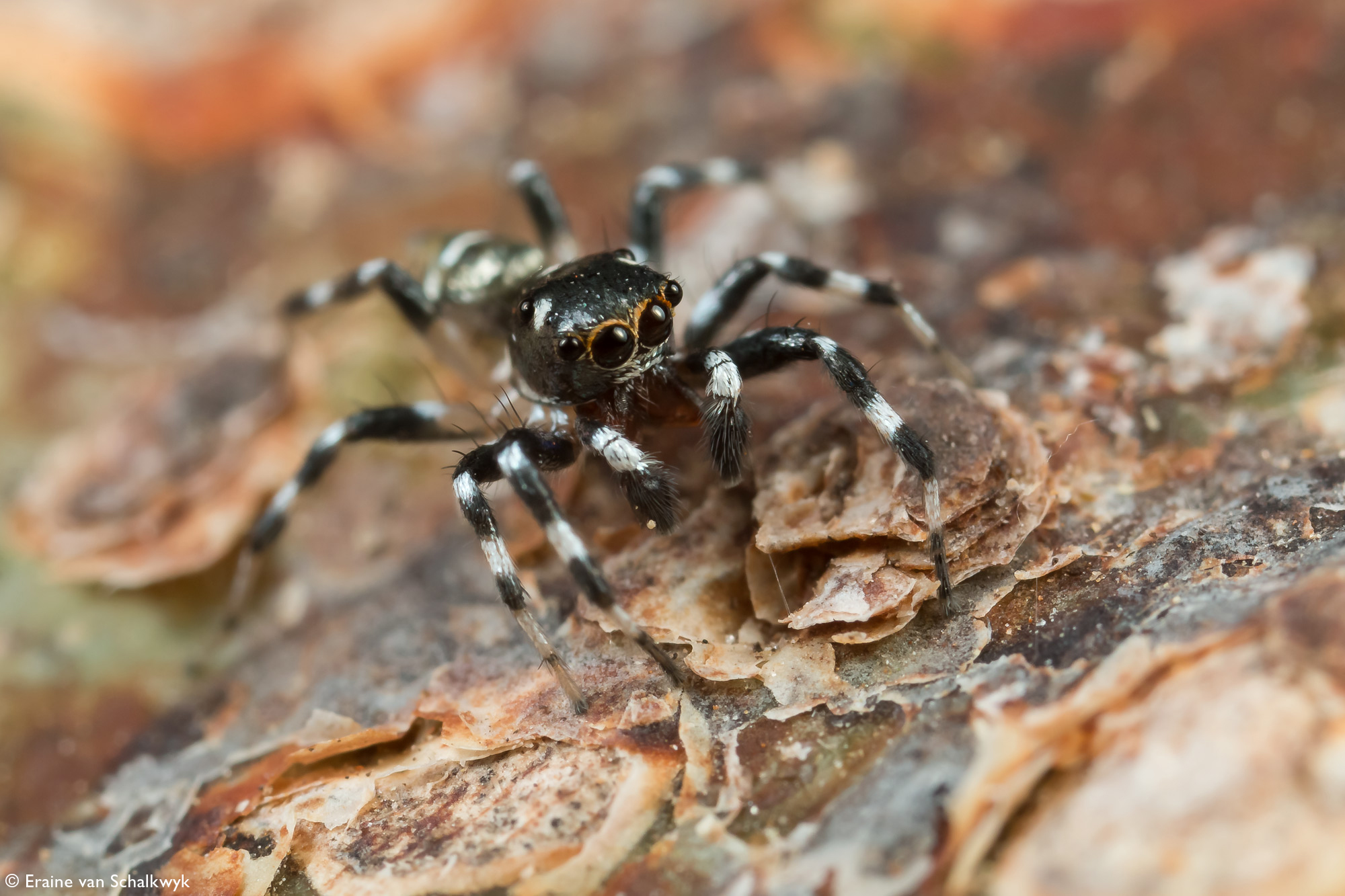
?Jumping spider (Phintella sp.) at the base of a bold and beautiful tree trunk. I’ve seen this species of jumping spider maybe a dozen times or so. My first attempts left me with no images and very disappointed as they had scampered away. This Phintella was comparatively relaxed and allowed me to get close. Sabiepark Private Nature Reserve, Mpumalanga, South Africa. Canon MP-E 65mm f/2.8 1-5x Macro lens (f/8 | 1/250 | ISO 400)
Photography is a powerful means of communication. Macro photography allows me to capture detailed images of living organisms that are too small to be appreciated with the naked eye.
I want to thank Africa Geographic for providing the platform to show some of my images of spiders, and hope that these photographs will contribute towards an appreciation and understanding of them. Spiders and other tiny creatures are as magnificent as Africa’s bigger wildlife and are just as worthy of being respected and protected.![]()
ACKNOWLEDGEMENTS
I’m indebted to Prof. Ansie Dippenaar-Schoeman for fact-checking and assistance with spider identification, and Vida van der Walt and Prof. Charles Haddad for assistance with spider identification.

?One of my very first and favourite photographs. Jumping spider (Branchus mustelus). Sabiepark Private Nature Reserve, Mpumalanga, South Africa. Canon MP-E 65mm f/2.8 1-5x Macro lens (f/8 | 1/100 | ISO 400)
ABOUT THE AUTHOR, Eraine van Schalkwyk
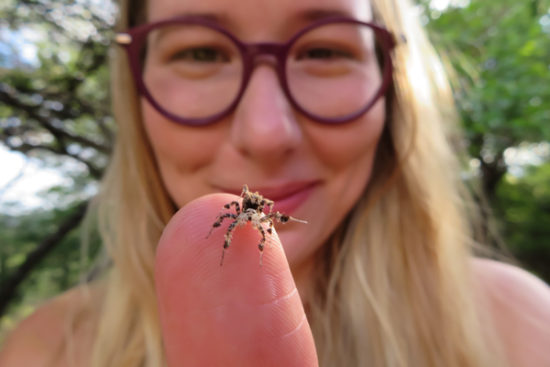 Eraine holds a degree in Microbiology, and it is during the zoology part of her course that she learned more about spiders, prompting her interest in spider photography. For the past two and a half years, she has spent most of her free time searching for and photographing these interesting creatures. To see more of her photographs take a look at her website, and her Facebook and Instagram pages.
Eraine holds a degree in Microbiology, and it is during the zoology part of her course that she learned more about spiders, prompting her interest in spider photography. For the past two and a half years, she has spent most of her free time searching for and photographing these interesting creatures. To see more of her photographs take a look at her website, and her Facebook and Instagram pages.
To comment on this story: Login (or sign up) to our app here - it's a troll-free safe place 🙂.![]()
HOW TO GET THE MOST OUT OF AFRICA GEOGRAPHIC:
- Travel with us. Travel in Africa is about knowing when and where to go, and with whom. A few weeks too early / late and a few kilometres off course and you could miss the greatest show on Earth. And wouldn’t that be a pity? Browse our ready-made packages or answer a few questions to start planning your dream safari.
- Subscribe to our FREE newsletter / download our FREE app to enjoy the following benefits.
- Plan your safaris in remote parks protected by African Parks via our sister company https://ukuri.travel/ - safari camps for responsible travellers




